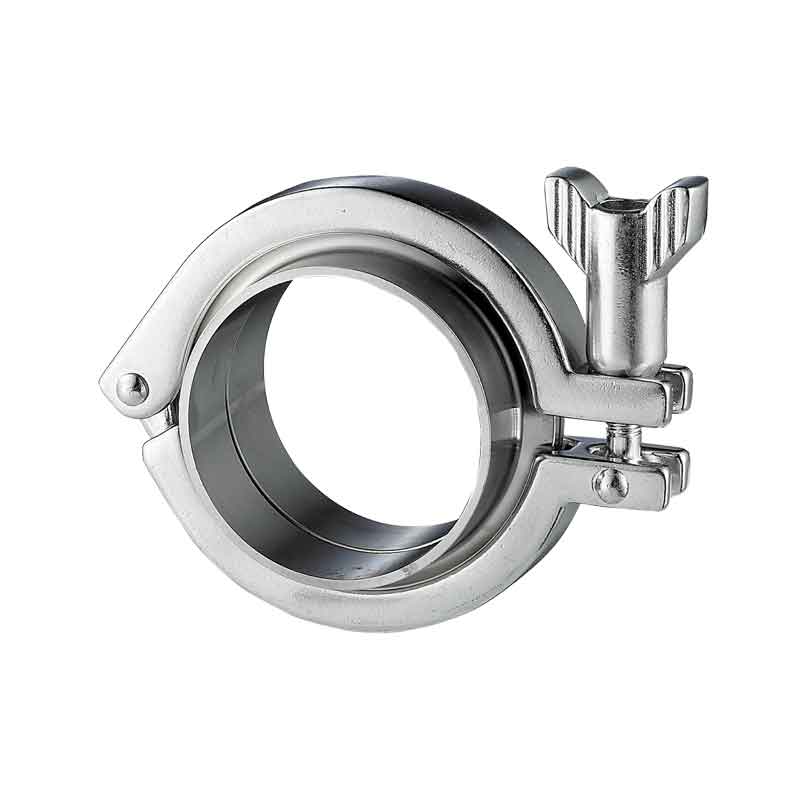Work fixtures are designed to ensure the processing technology during machining operations. Many processes cannot achieve process requirements based on the level of existing mechanical equipment, so some auxiliary equipment or tools must be used to realize the clamping and installation of tools. Positioning, that is, tooling fixtures. For example, welding clamping, machine tool clamping, etc.
1. Classification by machine tools used
Since various types of machine tools have different working characteristics and structural forms, different requirements are put forward for the structure of the fixtures used.

According to the different machine tools used, fixtures can be divided into: lathe fixtures, milling machine fixtures, drilling machine fixtures, boring machine fixtures, grinder fixtures, gear machine tool fixtures and other machine tool fixtures.
1)Drilling machine fixture
Drilling machine fixtures, referred to as drilling dies, are mainly used to process holes and threads. It is mainly composed of drill sleeve, drill template, positioning and clamping device clamp body.
2) Boring machine fixture
Boring machine fixtures, also called boring dies, are mainly used to process precision holes and hole systems on boxes or support parts. It is mainly composed of boring die base, bracket, boring sleeve, boring bar and necessary positioning and clamping devices.
2. Classification according to degree of specialization
1) Universal fixture
Universal fixtures refer to fixtures that have been standardized and can be used to process different workpieces within a certain range.
For example, three-jaw chucks and four-jaw single-acting chucks on lathes, flat-nose pliers, dividing heads and rotary tables on milling machines, etc. This type of fixture is generally produced by professional factories and is often provided to users as machine tool accessories.
It is characterized by wide adaptability and low production efficiency. It is mainly suitable for single-piece and small-batch production.
2)Special fixture
Special fixtures refer to fixtures specially designed for a certain process of a certain workpiece.
It is characterized by compact structure, fast, convenient and labor-saving operation, which can ensure high processing accuracy and production efficiency. However, the design and manufacturing cycle is long and the manufacturing cost is also high.
When the product changes, the fixture will be scrapped because it can no longer be used.
It is only suitable for production with fixed products and large batches.
3) Universal adjustable clamps and group clamps
Its characteristic is that some components of the fixture can be replaced and some devices can be adjusted to adapt to the processing of different parts.
Fixtures used for group processing of similar parts are called group fixtures.
Compared with group clamps, the universal adjustable clamp has less clear processing objects and a wider scope of application.
4) Combined fixture
The combination fixture refers to a fixture assembled from a set of pre-manufactured standard components and components according to the processing requirements of the parts.
It is characterized by flexibility, short manufacturing cycle, and components can be used repeatedly. It is especially suitable for trial production of new products and single-piece small batch production.
5) Accompanying fixture
The traveling clamp is a clamp used on automatic lines.
The fixture not only plays the role of clamping the workpiece, but also integrates with the workpiece and moves from one station to the next along the automatic line to perform processing in different processes.
3. Classification by clamping power source
According to the different clamping power sources used by the clamps, they can be divided into: manual clamps, pneumatic clamps, hydraulic clamps, gas-liquid clamps, electric clamps, magnetic clamps, vacuum clamps, etc.



